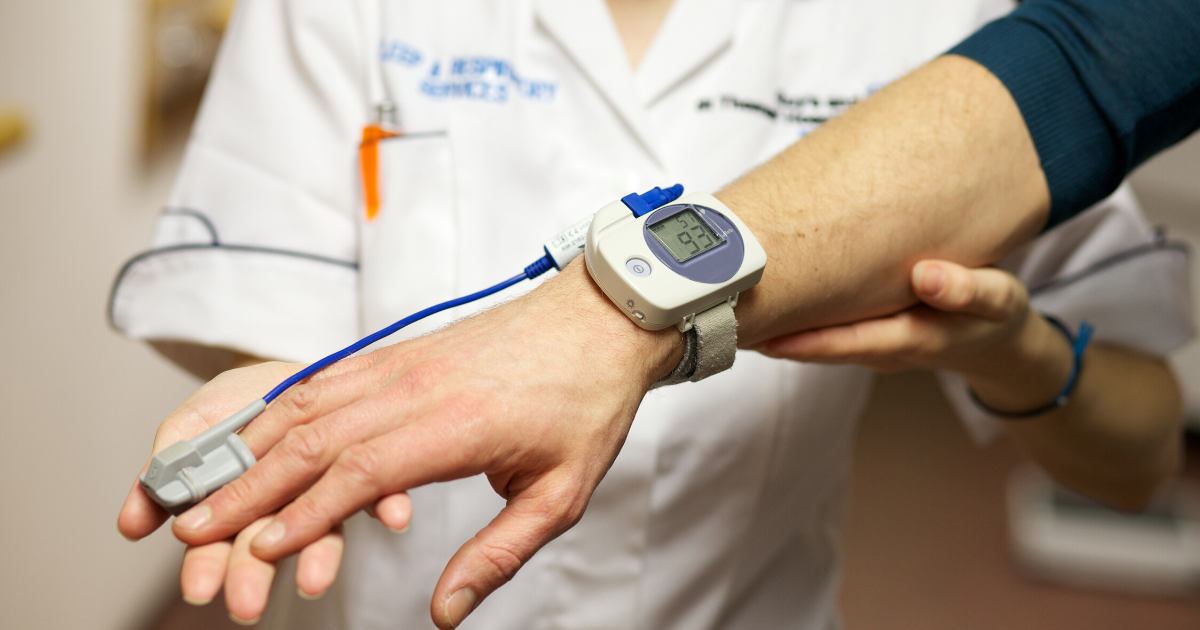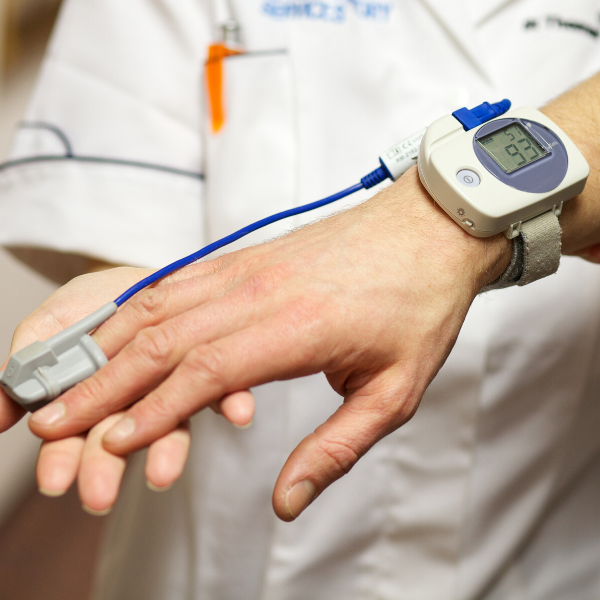
Four Ways To Identify Obstructive Sleep Apnea
While undoubtedly a serious condition, Obstructive Sleep Apnea (OSA), with the help of a knowledgeable professional, can be detected through a routine checkup. We at Sleep Group Solutions are huge proponents of people getting the medical help they need when they need it. That’s why we provide regular continuing education seminars for dentists. Of course, we start by providing easy to access resources about sleep apnea, which is why we put together this quick guide on how to detect a variety of easy to recognize symptoms.
Ask The Right Questions
OSA is often determined by medical history and genetics. With the right questions that can be asked at any routine checkup. In fact, a quick and common way to determine if your patient is at risk of or current suffering is the STOPBANG questionnaire:
Snoring: Are they snoring loudly?
Tired: Do they feel excessively and frequently sleepy?
Observations: Has a bedroom partner observed them snoring?
Pressure: Are they being treated for or at risk of high blood pressure?
BMI: A high BMI (over 31)
AGE: Over 50 years old.
Neck: Wide neck circumference (>17” if they’re male, >16” female).
Gender: Males are at a higher risk of OSA than females.
You can access a free, downloadable STOPBANG questionnaire, courtesy of SGS, by clicking here.
 Look At Their Teeth
Look At Their Teeth
With bruxism and gastroesophageal reflux disease (GERD) being common comorbidities to OSA, it’s important to take the state of a patient’s teeth into consideration during evaluation. If they show excessive signs of teeth grinding, it could be because they clench their jaw due to the distress that’s put on the sympathetic nervous system from a lack of oxygen.
When it comes to GERD, it’s estimated that around 60 percent of all OSA patients suffer from the condition on a regular basis. While the connection isn’t well understood, it is undeniably worth taking note of when examining your patients.
Observe The Airway
One huge indicator of OSA is how much air a patient is taking in during waking hours. With the help of the revolutionary acoustic pharyngometer and rhynometer, you will be able to help identify how your patient’s airway is working, and the “weak spots” that could possibly be addressed with your help.
Of course, our continuing education seminars for dentists go into detail on how to operate these mechanisms and analyze the data.
Send Them Home With A Sleep Test
With the wonders of modern technology, you don’t have to force your patients to spend the night in an uncomfortable facility to have them properly tested for apenic episodes at night. With the ARES home sleep unit, you have a way to easily record your patients’ sleep data, including the volume of their snoring and the various positions they sleep in during the night. Once you have this information, you can easily plug the USB connection to the device into any computer, and asses things for yourself.
When you attend one of our seminars, you will have the opportunity to use one of these devices on yourself and later walk through the results with one of our experts.
Attain Mastery of All Things OSA With a Seminar from Sleep Group Solutions
If you have any other questions on how to detect various other symptoms of OSA, we go into depth about this and so many more topics in our various seminars that serve as sleep apnea training for dentists. Give our knowledgeable representatives a call at 1-888-608-4985, or fill out our contact form to learn more.

